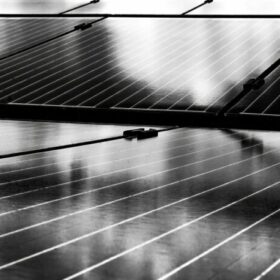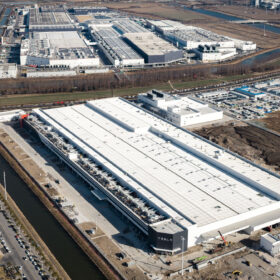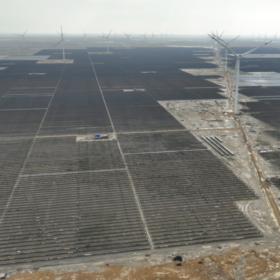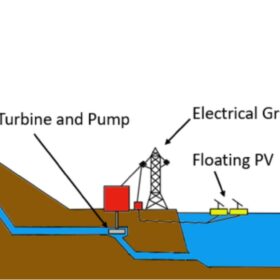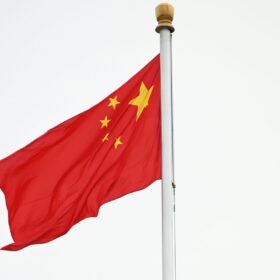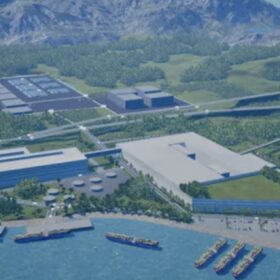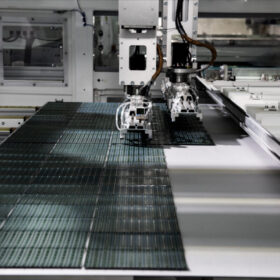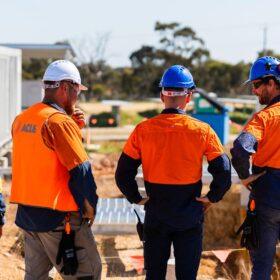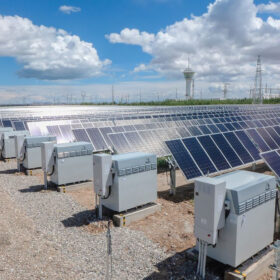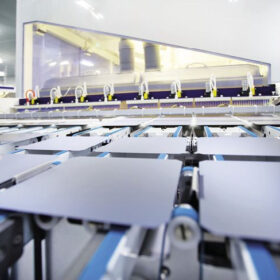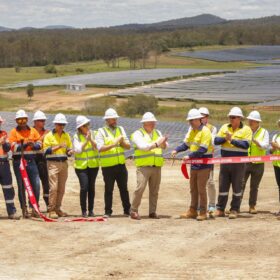Tongwei drops plan to acquire Runergy
Chinese PV company Tongwei originally intended to invest CNY 5 billion ($1.8 billion) to buy a 51% stake in Runergy.
Tesla eyes Australia as Shanghai Megapack factory begins production
Tesla’s first battery energy storage manufacturing plant outside of the United States has started operating as global competition from Chinese firms and pricing pressures mount.
India hits 100 GW solar milestone
India has hit 100.33 GW of cumulative installed solar capacity, crossing a critical threshold as it moves toward its 2030 goal of 500 GW of non-fossil energy.
Pairing pumped hydro storage with floating solar is good economics: study
Researchers in Italy have analysed the techno-economic viability of enhancing three pumped hydro plants in Italy with floating solar on the lower basin. They say that, with their wide results, consequences could be extrapolated to similar regions.
China hits 277.17 GW of new PV installations in 2024
China’s cumulative installed solar capacity hit 886.66 GW at the end of 2024, with 277.17 GW of new annual installations, up 45.48% year on year. The deployment surge exceeded forecasts, setting a new historical record for PV installations.
China’s REPT Battero to build battery factory in Indonesia
China’s REPT Battero has revealed plans to build a lithium-ion battery plant in Indonesia, targeting 8 GWh of annual production capacity in the first phase.
Chinese PV industry brief: Aiko Solar starts making back-contact PV panels
Aiko Solar has started production at its Jinan factory, its third facility for n-type all-back-contact solar modules. The plant is designed for 30 GW of solar cell and panel capacity, with the first 10 GW phase set to reach full output by late 2025.
Four key lessons the renewable industry should take away from 2024
There are four key Lessons the renewable industry to take away from 2024, cover storage, solar, and everything in between
Shift to 2 kV voltage in solar projects tipped to gain traction
Amid record-low prices for solar modules, the focus of cost reduction for utility-scale solar projects is shifting to non-module balance-of-system (BoS) expenses. A transition from 1.5 kV voltage to 2 kV in solar projects is expected to gain traction through 2030.
Solar manufacturing slows in bid to balance supply and demand
Smaller solar manufacturers have been shuttering production lines, but not at a pace fast enough to return profit margins to healthy territory. InfoLink’s Amy Fang considers what lies ahead for PV companies in the near term.
